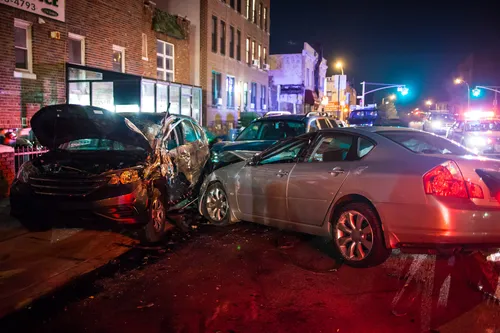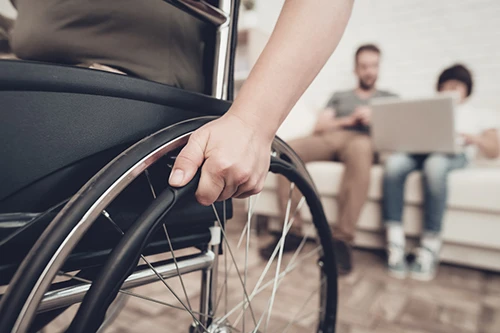Amusement parks are tons of fun, offering thrills, food, and extravagant experiences, but they also tend to be home to a multitude of injuries. Though there is normally nothing to worry about – the chances of being injured at an amusement park is one in 16 million. In other words, far less likely compared to be a victim in a car accident (1 in 103) or being struck by lightning (1 in 218,106).
However, on the off chance you do suffer from any injuries on the amusement park grounds, you need to know who can be held liable for the injuries. Would it be the operator of the ride? Or the amusement park owner? Read on to learn more.
Types of amusement park injuries
The most common types of amusement park injuries are:
- Neck injuries
- Back injuries
- Traumatic brain injury
- Death caused by being flung from a ride
- Brain aneurysms
- Broken bones
- Lacerations
- Torn Ligaments
- Drowning (in water parks)
Causes of amusement park injuries
Mechanical failure. Sometimes mechanical failures can result in injuries. Perhaps the rollercoaster’s lap bar doesn’t secure properly. Perhaps the water slide was created with only trial-and-error procedures rather than proper safety-adhering calculations. Maybe a transformer or generator of a roller coaster blew. Perhaps the welds or concrete footers of rides have been cracked. A mechanical failure can happen any time, no matter the amusement park.
Operator negligence. Operator negligence is one of the leading causes of injuries in the amusement park. Many deadly incidents occurred as a result of negligence. For instance, one set of water park operators ignored all proper safety regulations in order to rush the opening of the park, which resulted in the decapitation of an attendee on one of the rides.
Furthermore, if a malfunction does occur and the sole operator of a ride is not paying any attention, the operator may miss the opportunity to shut the ride down immediately in order to prevent any injuries.
Theme park owners are also responsible for any hazardous areas and conditions that may happen inside the park. For instance, a water park may cause slippery surfaces. The theme park owner must use warnings and/or mats to protect people from these dangers.
The nature of the ride. Unfortunately, many rides are considerably dangerous just by being the rides they are. Rides can be considered 100 percent safe and still cause injuries. Dizziness, headaches, hemorrhaging, and unconsciousness may occur on rides, no matter how safe they are.
Failure to follow instructions. Many attendees take care to follow instructions, but there are those who disregard the rules of the park. For instance, parents may attempt to sneak their children, who don’t qualify for a ride, onto dangerous rides. Teenagers may refuse to wear a seatbelt, or they may jump off their log in the log flume.
Who is at fault regarding an amusement park injury?
If you’ve been injured at the amusement park, you should first determine if someone else is liable for causing your injury.
Most theme park injuries fall under premises liability, or laws that determine liability when an area causes injury. In the case of premises liability, there are three types of entrants in an amusement park – the invitees, the licensees/owners, and trespassers.
Mechanical malfunction liability
If there is a mechanical malfunction in any ride, then you have the option to file a products liability claim against either the manufacturer of the ride or of the malfunctioned part. However, you must prove that the equipment was defective and caused your injury.
Accident negligence
If the amusement park accident was caused by carelessness from the operator, licensee, or the owner of the park, then you can file a claim for negligence. However, you need to prove that the law required the owner to be careful and that the owner wasn’t careful. If an employee of the park is negligent, then you can still sue the park for any damages caused by the employee.
Nature of the ride
Depending on the state, if you understand and acknowledge that the ride is dangerous, then the park will not be held liable for your injuries. However, in other states, this assumption will not serve as a defense for the park. Furthermore, the acknowledgment only applies to anything the patron is made aware of. For instance, the ride attendee may not be made aware of that broken lap bar on a rollercoaster. If the attendee is injured, then the park can still be held responsible.
Failure to follow the rules
If the victim of the injury failed to comply with any of the ride’s requirements, then they cannot pursue the park for compensation, as the injury would fall under the victim’s responsibility.
If you can hold the park accountable for your injuries, you may be entitled to compensation for any expenses related to the treatment of your injuries, physical therapy expenses, any time lost from work, damages for pain and suffering, and more. Please contact a personal injury attorney to learn your options and how you can seek compensation for your amusement park injury.



